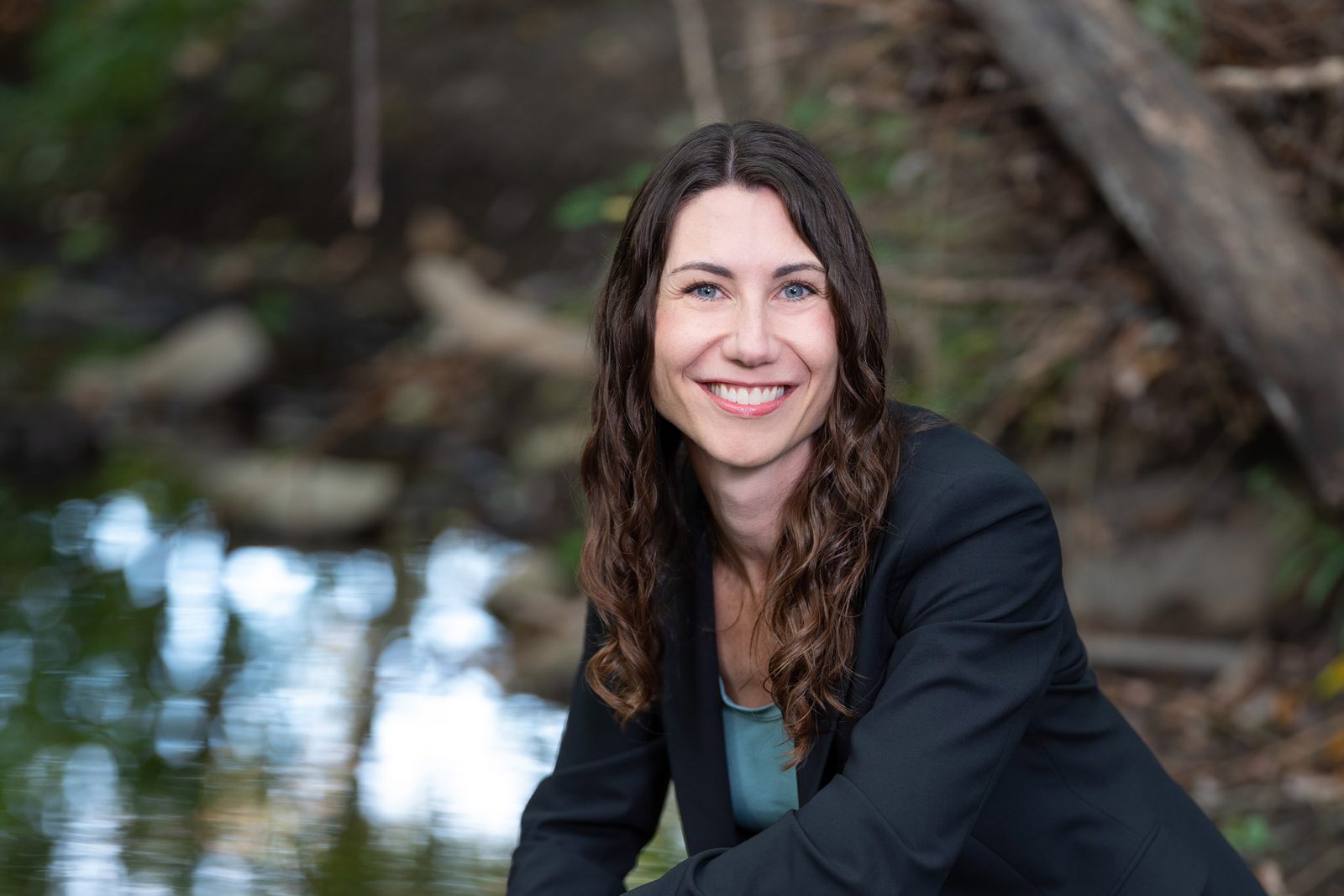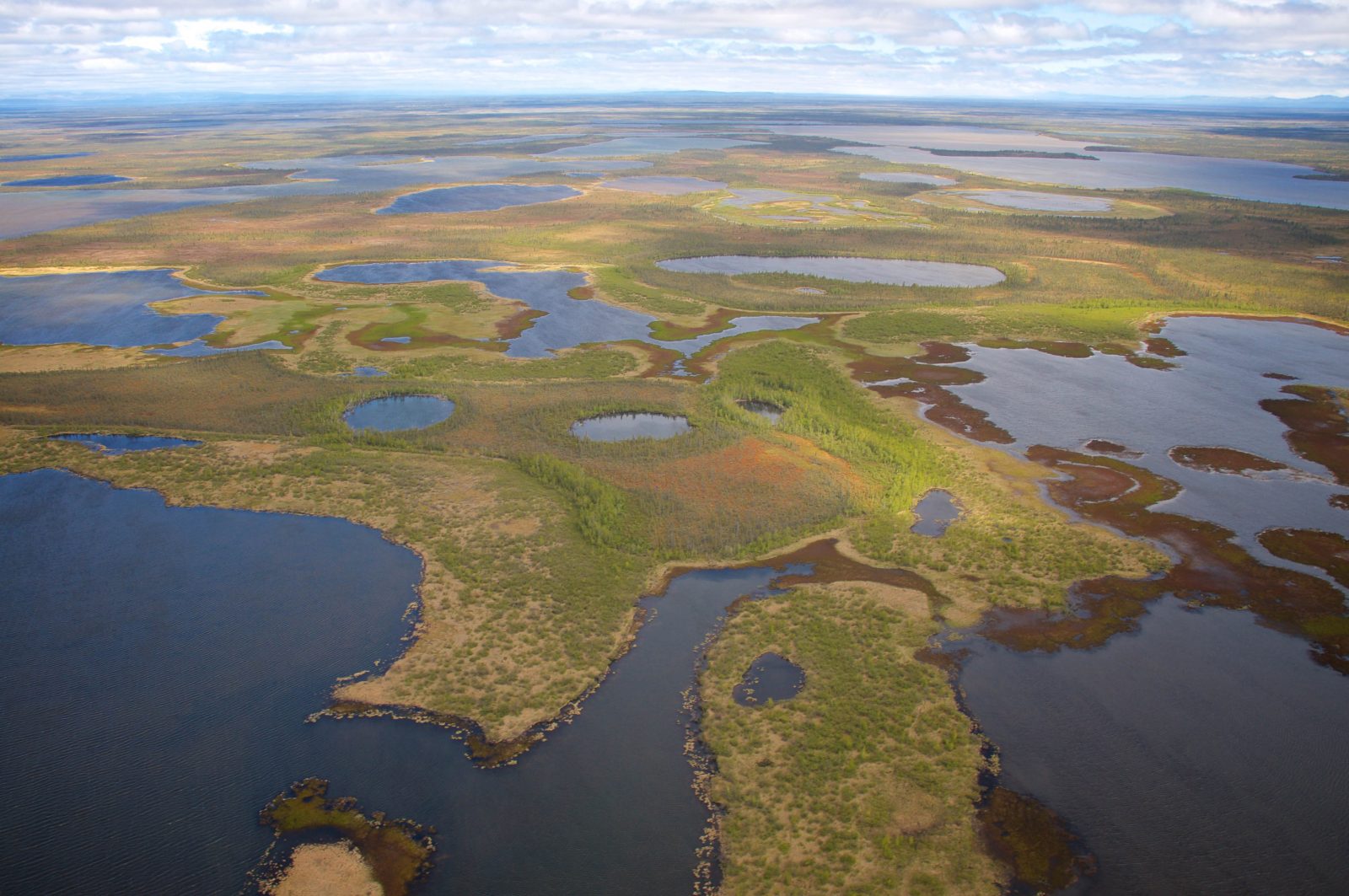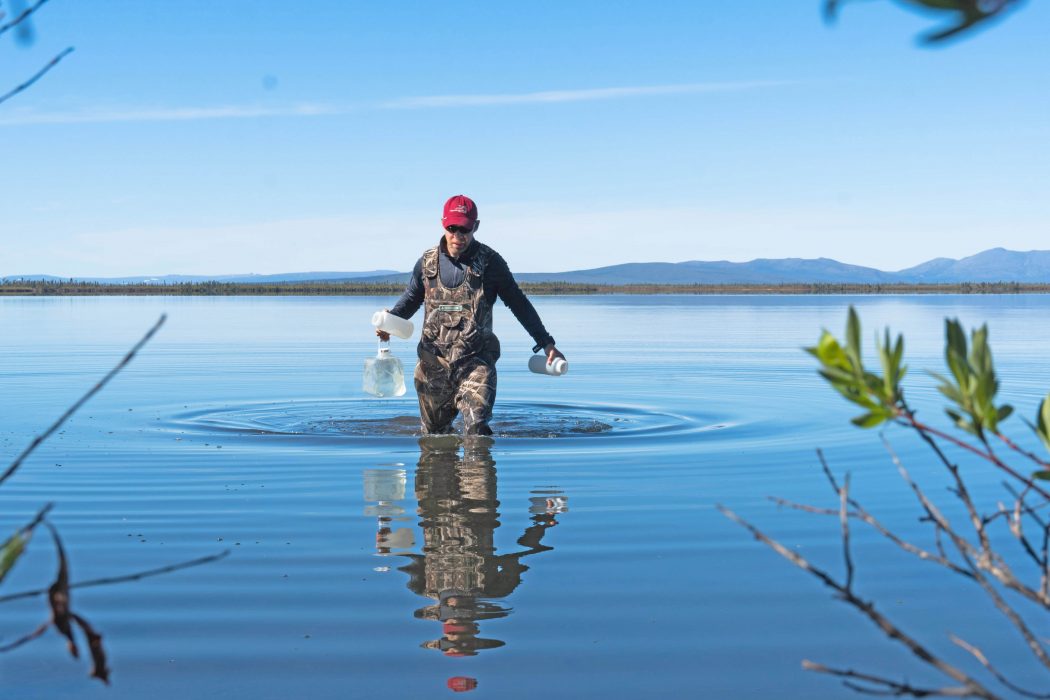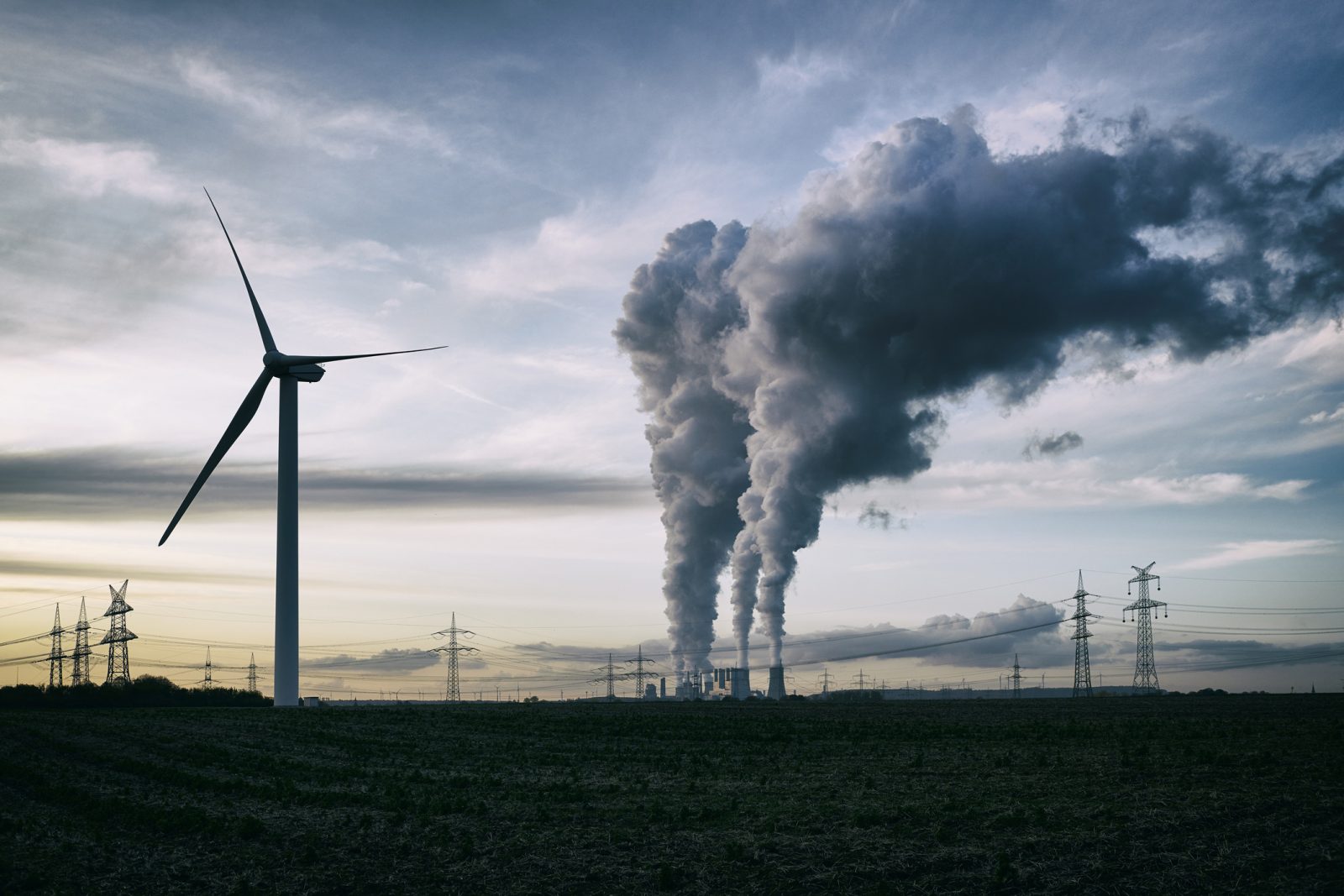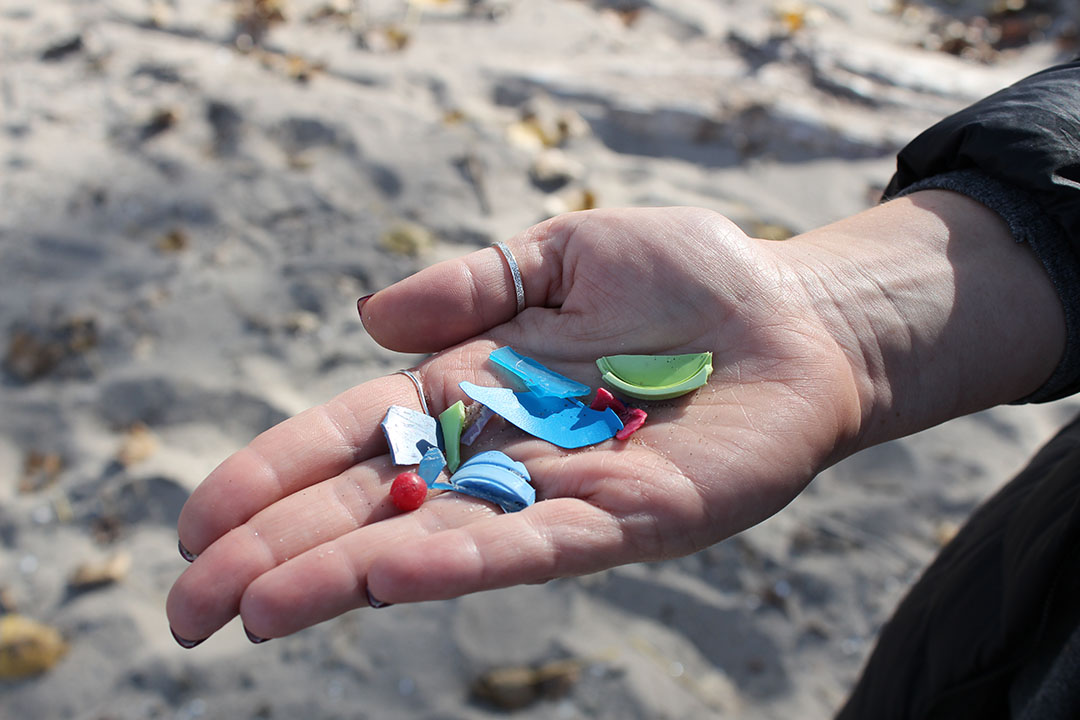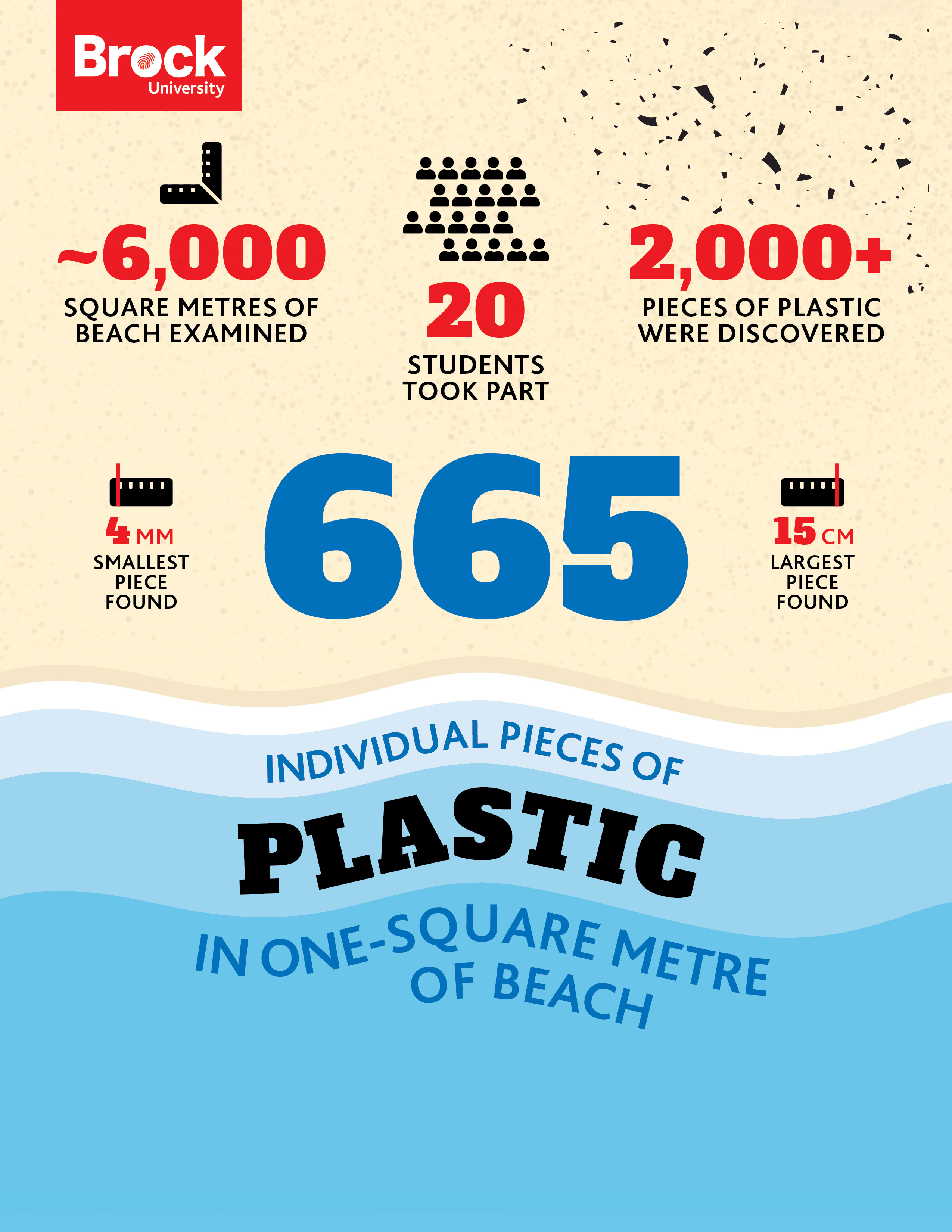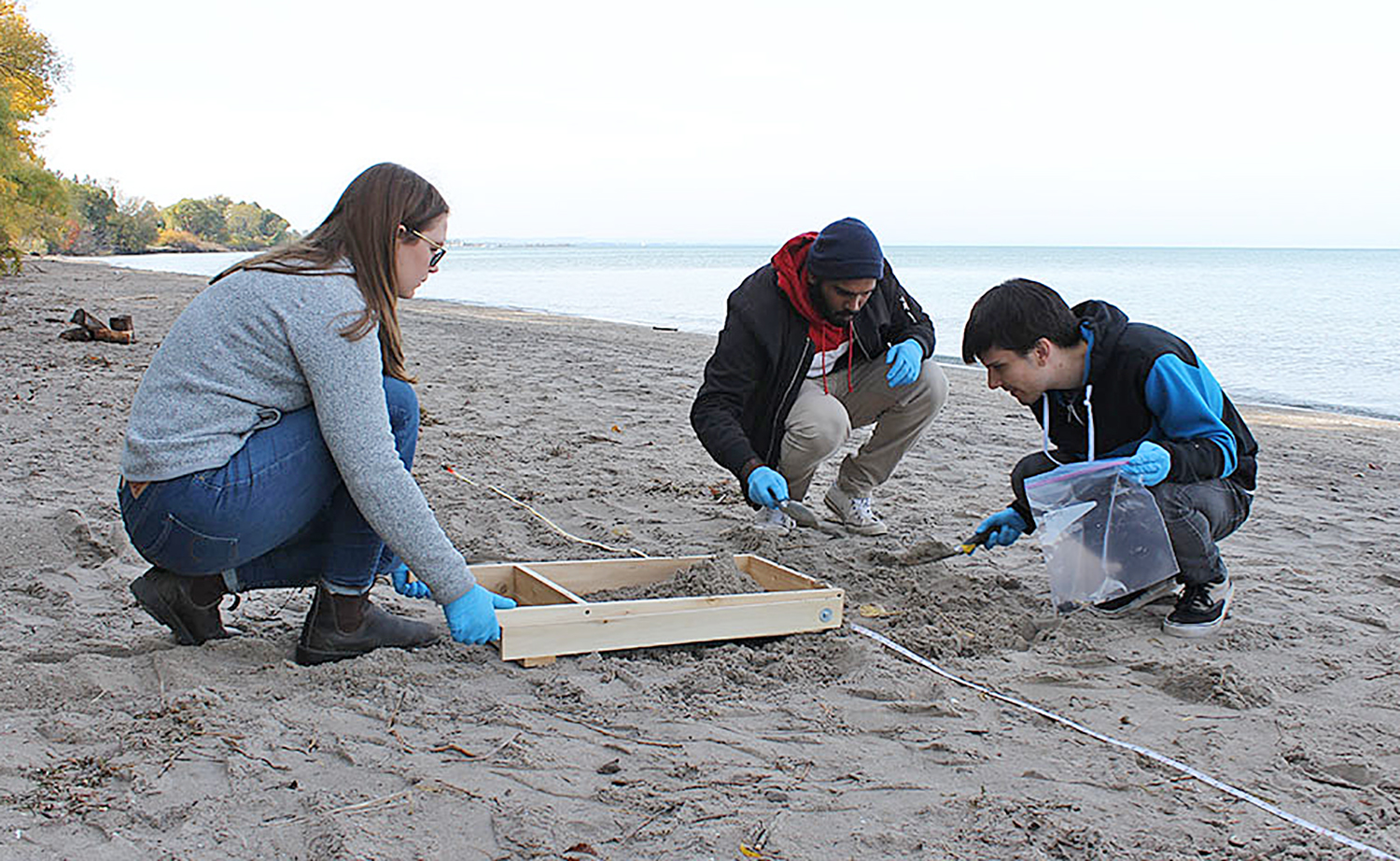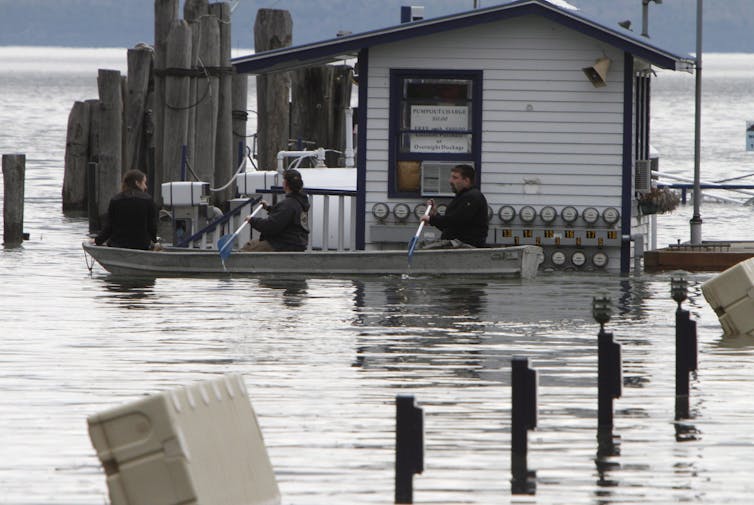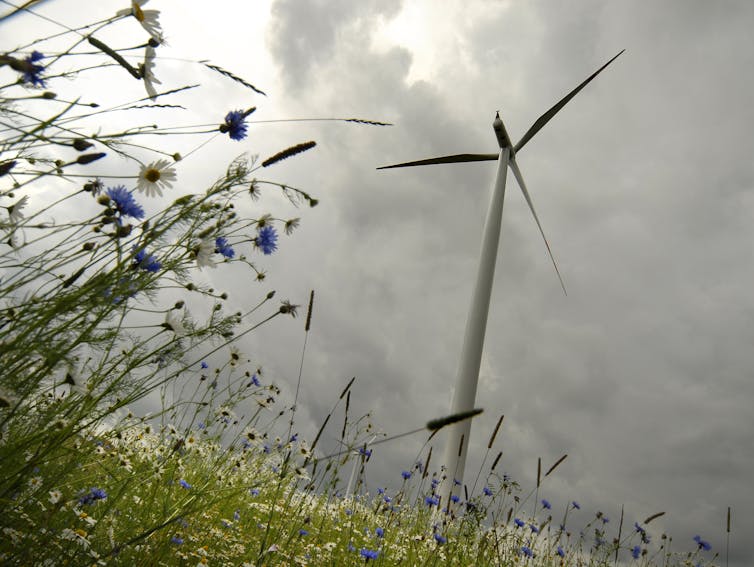The federal government’s Canada Research Chairs program invests up to $311 million per year to attract and retain some of the world’s most accomplished and promising minds. Chairholders are recognized to be national and international experts in the fields of engineering and the natural sciences, health sciences, humanities and social sciences. Brock University has 10 active Canada Research Chairs, with more to be announced. This monthly series profiles the work, and lives, of Brock’s Chairholders.
When she wants to take a break in her busy schedule, Julia Baird heads out to a lake or river.
“I’ve always found water to be a source of calm in my life,” says the Associate Professor in Brock’s Environmental Sustainability Research Centre (ESRC) and the Department of Geography and Tourism.
“Water is critical to life; it’s inherent in us that we’re connected to water,” she says. “I think of the well-being of future generations and how important it is to support sustainability.”
As Tier 2 Canada Research Chair in Human Dimensions of Water Resources and Water Resilience, Baird investigates activities that have an impact on water. She studies how decisions regarding water use are made at the government, community and individual levels through her Water Resilience Lab.
“The diversity of voices, and how those voices are included and connected, is critical for creating the right conditions for water sustainability,” she says.
Central to her work is the concept of water resilience, which Baird says involves “being able to continue to support the well-being of the system despite whatever disturbances may arise.”
Baird says there are three ways to respond to disturbances in the environment, such as floods or droughts brought about by climate change: persist where possible in spite of disturbances, adapt to situation or transform the way society operates to mitigate or avoid disastrous impacts.
Ideally, decision-making processes related to water, as well as related areas such as land-use planning, agricultural operations, coastline protection and erosion control, are guided by water resilience principles and practices.
Baird has long been fascinated by how people make decisions and how individuals influence decisions carried out at the political level. Her research looks at how psychological traits, such as empathy and self-efficacy at the individual level, can motivate the public to support decisions that lead to water sustainability.
Empathy is associated with attitudes that reflect stronger support for resilience-based approaches for the environment.
In a study led by Baird, participants in six countries who read three scenarios describing situations of flooding, drought and depleted fish stocks gave moderate to strong support for governance taking a resilience-based approach.
“We know that empathy is malleable, it can change in people,” says Baird. “The question is, how can we build empathy broadly so that the public will influence changes that can have positive impacts down the line?”
Baird earned her PhD in Environment and Sustainability from the University of Saskatchewan in 2012 and came to Brock as a post-doctoral fellow. She became Associate Professor in the ESRC and the Department of Geography and Tourism Studies in 2021.
In that same year, Baird was granted her Canada Research Chair position, which was renewed in 2022.
Baird has had a number of accomplishments during her terms, including:
- Helping to create the WWF-Canada – Brock Partnership for Freshwater Resilience.
- Receiving the 2020 national Water’s Next Award in the category of “People: Academic Leader.”
- Co-editing a book on water resilience.
- Participating in large research networks including ResNet, which is focused on ecosystem services governance in Canada.
- Joining the research team at the University of Michigan’s Global Centre for Understanding Climate Change Impacts.
In her second term, Baird plans to test interventions to build empathy broadly in society and examine the long-term impacts of empathy interventions on behaviour.
“Ultimately, our work is centered on finding solutions to some of today’s most pressing water issues,” says Baird. “I’m motivated by that every day.”
